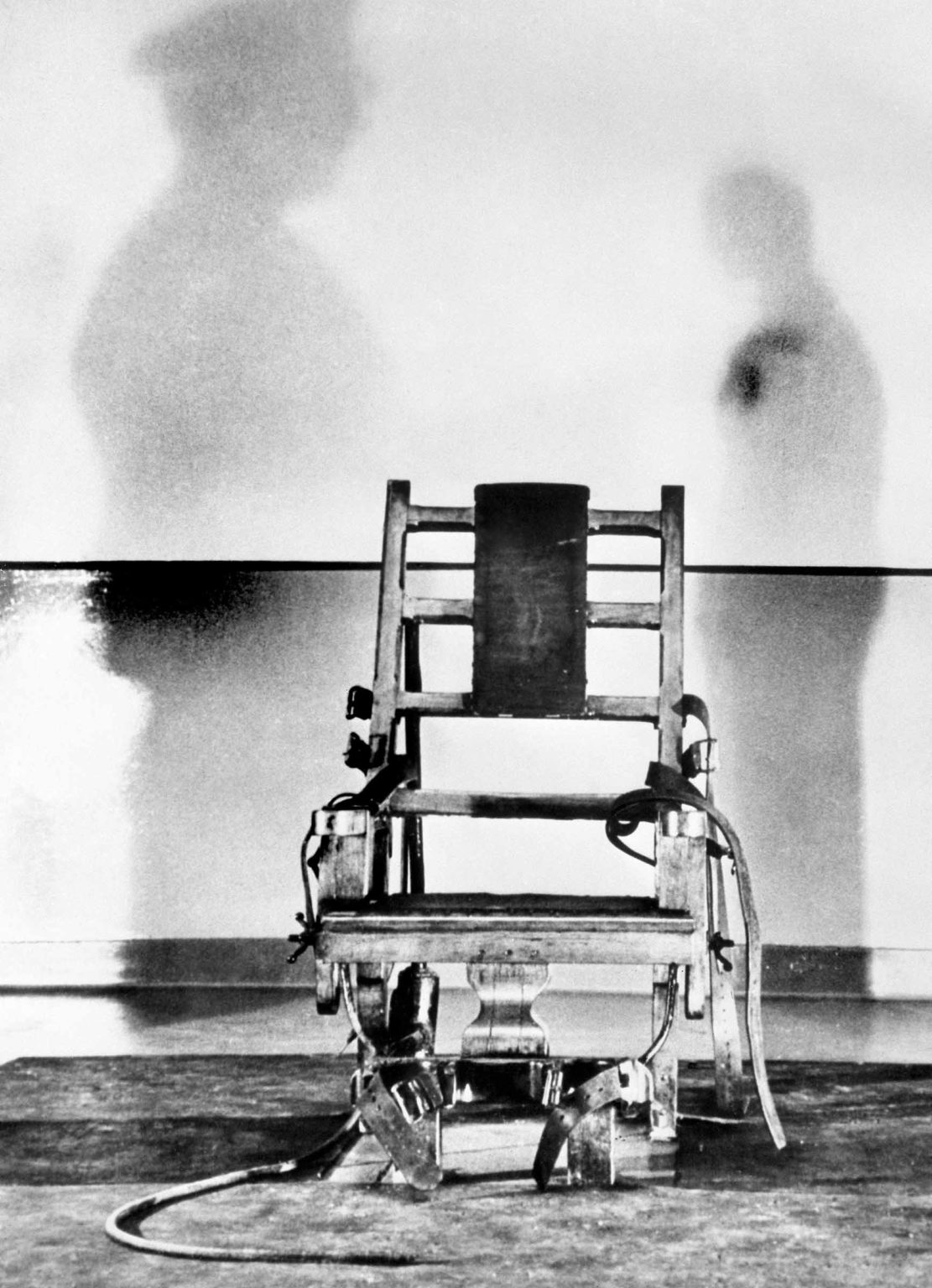
All the female murderers who were killed under U.S. death penalty
Not everybody agrees with the death penalty. Some think it’s a cruel and unusual punishment, a barbaric remnant from humanity’s past that should be forgotten along with gladiator fights and Roman human torches.
Others think the death penalty is a reasonable approach to certain criminals. People of such a mindset tend to have more of an eye for an eye mentality; the idea being if you take a life, you owe it to society to give up your life as penance.
One interesting observation made by those studying people’s opinions on the death penalty, is that opinions sometimes change when those in a person’s inner circle become involved. For example, those claiming to be against the death penalty at the outset sometimes become a proponent of it once the idea of their loved ones being killed by a murderer is presented.
While ideals on how the justice system handles criminals who have killed differ, the fact remains that multiple states in the U.S. still use this practice. Among the people who have been killed by the death penalty, female murderers are a minority. Some have even gone as far as to say that there is a gender bias when it comes to death sentencing.
Let’s take a look at the females who made it to death row, despite having lower chances of ending up there.

Velma Barfield
Velma Barfield was killed by lethal injection on December 2, 1978. She suffered an abusive childhood and escaped by marrying a man named Burke. They were reportedly happy until the day that she got a hysterectomy and developed chronic back pain. Her husband started to drink and things went downhill from there. One day, Barfield took the kids and left the house for an extended period of time.
By the time they came back, the house had burned down with Burke in it. Barfield then married another man only a few months later who soon died of heart complications. Barfield went on to become a caretaker for elderly patients, one of which she killed by poisoning. She also killed the husband of another patient, her own mother, and her boyfriend.
It was the death of Barfield’s boyfriend via arsenic that got her convicted. She was diagnosed with dissociative identity disorder by a psychiatrist once in prison. An attempt to commute her sentence by her attorneys failed and Barfield declined to take her case to the Supreme Court. She became a devoted Christian while in prison, apologized for her deeds, and went to her death relatively peaceably.

Lavinia Fisher
Lavinia Fisher was executed by hanging on February 18, 1820. Fisher and her husband, John, were actually convicted of highway robbery instead of murder, but highway robbery was punishable by death at the time.
Legend has it that Fisher was the first American female serial killer. She and her husband were part of a gang of highwaymen that operated out of two houses, the Five Mile House and the Six Mile House. Fisher would interrogate guests about their occupations to discover whether they had money or not.
If Fisher found out they had money, she would give them a cup of poison tea before they went to bed, after which her husband would stab them in their sleep to make sure they were dead, and rob them blind. One of these attempts went awry when a tea-hating patron dumped his tea instead of drinking it.

The guest was so suspicious of the questions he’d been asked that he slept in a chair instead of his bed in case he was robbed. He awoke to them trying to rob him and alerted the authorities. Apparently, Fisher and her husband tried to delay their hangings. But once Fisher realized the crowd that had gathered to watch them hang was unsympathetic, she jumped with the noose around her neck to her death.
According to legend, Fisher used her last breath to scream, “If any of you have a message for the devil tell me now, for I shall be seeing him shortly.”

Martha Beck
Martha Beck died by electric chair on March 8, 1951. She was one half of the infamous Lonely Hearts Killers duo. Beck found her serial killing sweetheart, Raymond Fernandez, after placing a “lonely hearts” ad in a newspaper. Beck had a history of sexual abuse and was insecure being a plus-sized lady. Beck said her brother slept with her when she was 10, and that her mom beat her when Beck informed her of it.
Beck and Fernandez were officially convicted of only killing six people total, although they were suspected of killing up to 20. One of Beck’s crimes included drowning a two year old in a basin of water after killing her mother. Despite some clear relationship issues involving jealousy, Fernandez and Beck claimed true love until the very end.

Judy Buenoano
Judy Buenoano was killed via electric chair on March 30, 1998. Buenoano’s method of choice was arsenic poisoning. She killed her U.S. air force sergeant husband, James Goodyear, in 1971. According to prosecutors, she did it for insurance money. Then she slowly poisoned her boyfriend, Bobby Joe Morris, for five years. Morris finally died of acute arsenic poisoning in 1978.
Buenoano’s son, Michael, became ill to the point of paraplegia in 1978 (this also turned out to be poisoning). One day Buenoano took Michael out in a canoe which tipped over, ultimately drowning him due to the weight of his arm and leg braces. It wasn’t until 1982 when Buenoano was girlfriend to a man named John Gentry, that she was caught.
Gentry had suffered injury from a car explosion, but Buenoanos started telling friends he was terminally ill. Police became involved and Gentry gave officials the “vitamin pills” Buenoano had been feeding him. When they discovered the presence of arsenic, the trail of bodies in Buenoano’s wake were exhumed. She was convicted of both murders, in addition to the attempted murder of Gentry.

Mary Frances Creighton
Mary Frances Creighton died on July 16, 1938. She was suspected of killing four people but was only convicted of killing one. The two cases that were dismissed were the death of her mother-in-law, father-in-law, and younger brother. All were dismissed due to lack of witnesses and only trace amounts of arsenic.
Creighton pimped out her fifteen year-old daughter, Ruth, to a man named Everett Applegate. She confessed to poisoning Everett’s wife, Ada Applegate, so that Ruth would be able to legally marry Everett. Creighton passed out right before she was executed. She was 36 years old when she died.

Anna Marie Hahn
Anna Marie Hahn died by the electric chair on December 7, 1938. She was alleged to have killed six people in total. Hahn’s reason for killing: her gambling habit.
Hahn began poisoning and robbing elderly men and women by befriending them and getting them to leave money for her in their wills. Hahn owed one of her victims, a 72-year-old Albert Parker, $1000. Hahn was finally caught when she traveled with a man named Georg Obendoerfer to Colorado Springs, Colorado.
Obendoerfer died in agony and Hahn stood by his bedside claiming not to know who he was. Her son, however, informed authorities at Hahn’s trial that they had indeed traveled with Obendoerfer to Colorado, and that the man had begun to get sick on the journey. The bodies of Hahn’s two previous victims were then exhumed and found to have arsenic in them. She was swiftly sentenced to death and died at the age of 32.

Rhonda Belle Martin
Rhonda Belle Martin was killed in an Alabaman electric chair on October 11, 1956. Martin was a waitress in Montgomery, Alabama. She confessed to killing her mother, her two husbands, and three of her children with arsenic in 1956. Martin told Life Magazine that she enjoyed the get-well cards she would receive while poisoning her family members, and liked the sympathy she was given later when they died.
Martin later married her step-son and attempted to poison him too. He became a paraplegic, but survived the ordeal. It was this man that led authorities to investigate the deaths surrounding Martin. Although prosecutors tried to pin the motive of getting insurance money on Martin, she hardly ever got more money than would cover the burial costs. Martin likely only committed the murders for the attention she loved.
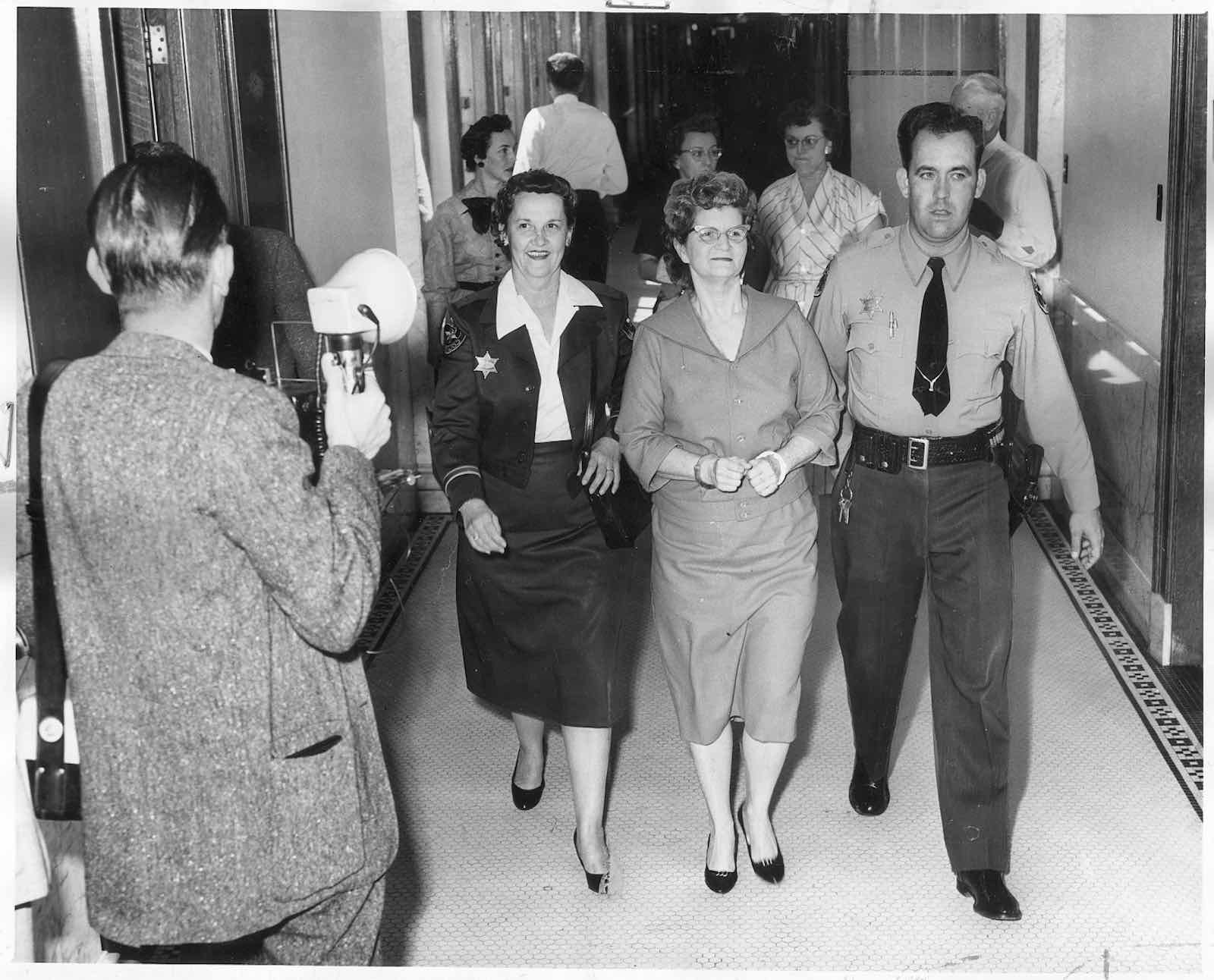
Louise Peete
Louise Peete was executed by gas chamber on April 11, 1947. Two of Peete’s husbands committed suicide from embarrassment as a result of being associated with her (involving separate disgraces), and one of her ex-husbands killed himself after she rejected all his romantic advances and affection. He had only divorced Peete because she had asked him to while in prison.
Peete was suspected of killing over three people, but was only convicted of two. The first man she killed was her landlord/lover, Jacob C. Denton. When Denton suddenly went missing for months on end and Peete began charging things like shopping trips to his credit, Denton’s friends became suspicious. Finally, Denton’s daughter searched the premises while Peete was out and found her father buried in the basement.

Peete was charged with first-degree murder but was released after eighteen years of good behavior. Peete always maintained her innocence. Six years later she killed her employer Margaret Logan to gain control of her finances. This employer had cared for Peete’s daughter while she was imprisoned.
Regardless, Peete ended up killing both Margaret and her husband. After several appeals, Peete was sentenced to death in San Quentin State Prison.

Sarah Whiteling
Sarah Whiteling was executed by hanging on June 25, 1989. Whiteling killed her husband and two children by poisoning them with arsenic. Her husband was the first to go, and her two children followed only months after. Whiteling only confessed to killing her two children, stating she had killed them with an arsenic-based product called “Tough on Rats.”
She claimed her husband had taken the poison himself because he was depressed by the state of their poverty. Whiteling was quoted to have said that she killed her daughter because she was afraid of her becoming a “sinful and wicked girl.” Whiteling then said she killed her son simply because he was “in the way.”
She had planned on killing herself too, but decided against it because of her belief that people who commit suicide go to Hell.
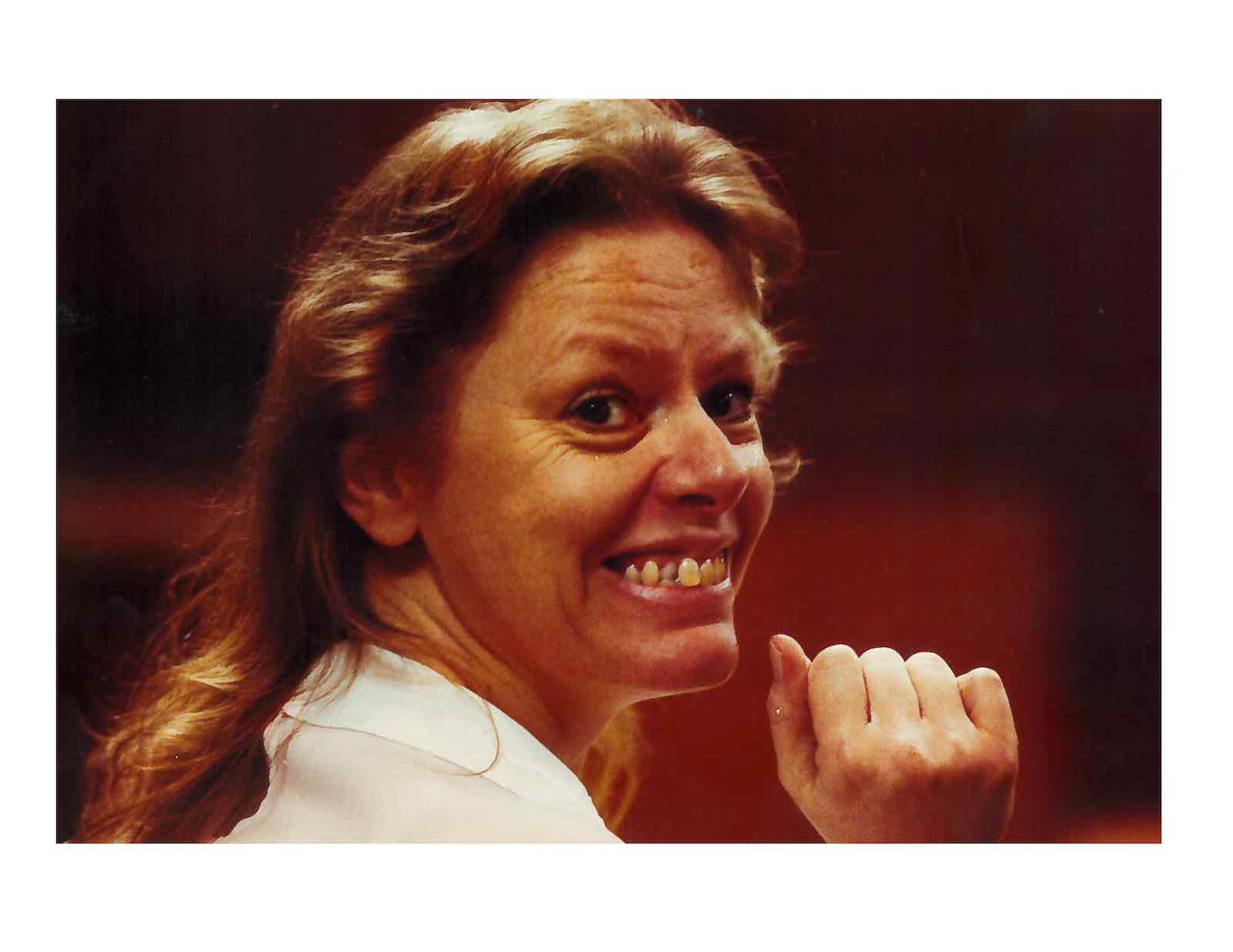
Aileen Wuornos
Aileen Wuornos died from lethal injection on October 9, 2002. Wuornos and her brother were abandoned by their mother when Wuornos was four years old and Wuornos never met her incarcerated father who died by suicide in 1969. They ended up being raised by their alcoholic and sexually abusive grandfather. Later, Wuornos’s brother also sexually abused her.
Wuornos began exchanging sexual favors for things like food and drugs in school at the young age of 11. She became pregnant when she was 14 after being raped and gave her son up for adoption. Wuornos eventually became a prostitute and ended up shooting seven men at point-blank range. Wuornos claimed she had done it in self defense and that each man had either raped or attempted to rape her while she was servicing them.
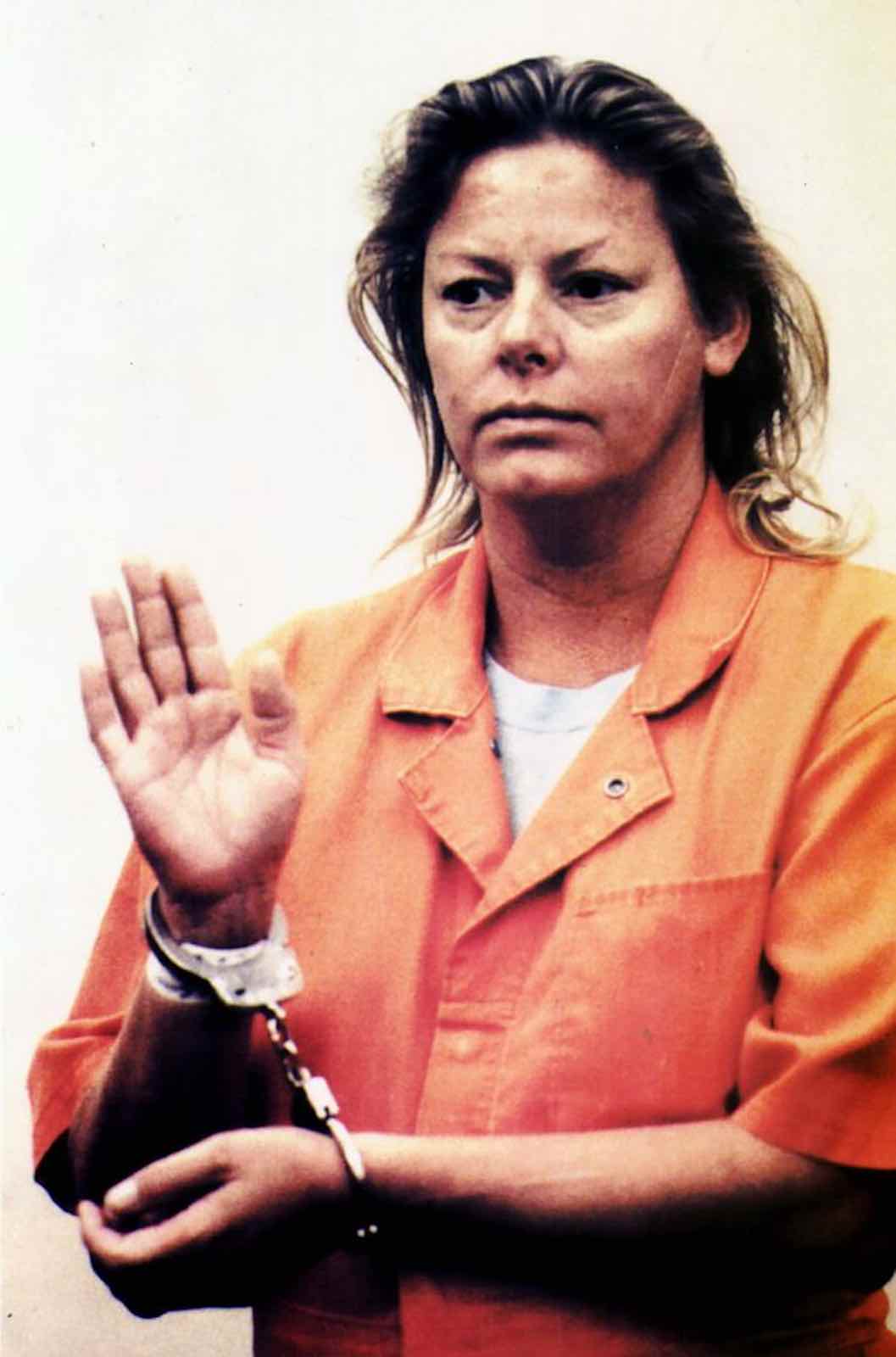
Wuornos submitted an appeal to the Supreme Court in 1996 and then later dismissed her legal counsel saying “I killed those men, robbed them as cold as ice. And I’d do it again, too. There’s no chance in keeping me alive or anything, because I’d kill again.”
Wuornos continued, “I have hate crawling through my system. . . I am so sick of hearing this ‘she’s crazy’ stuff. I’ve been evaluated so many times. I’m competent, sane, and I’m trying to tell the truth. I’m one who seriously hates human life and would kill again.” Wuronos was mistreated by prison personnel and later died by lethal injection in 2002.
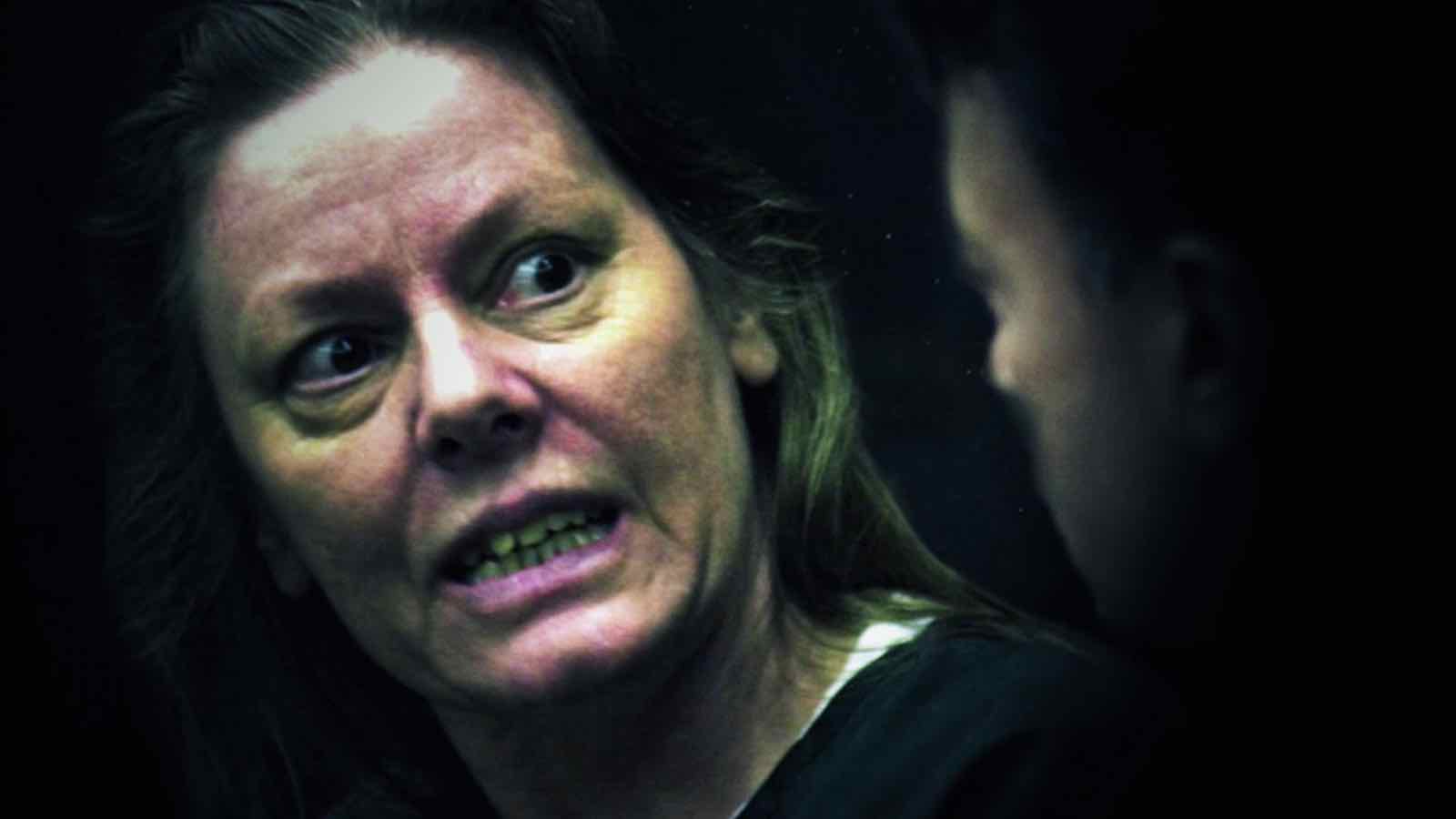
Related Shows and Documentaries
The crimes these women committed were all egregious acts, but it’s interesting to consider whether you think each deserved the death penalty. Here are some shows and documentaries related to these women’s lives and crimes:
Louise Peete’s legacy was dramatized in the true crime documentary series Deadly Women in episode “To Love and to Murder.”
Aileen Wuornos: The Selling of a Serial Killer is a documentary by Nick Broomfield.

“Rhonda Bell Martin” was an episode in the documentary series Mind of a Killer.
Martha Beck’s story was featured in the “Lonely Hearts” episode of TV crime drama series Cold Case. The Lonely Hearts Killers also inspired the 2006 Lonely Hearts movie starring John Travolta and Salma Hayek.
Johnathan Byrd wrote a song called Velma in his album Wildflowers. Byrd was loosely related to Velma Barfield, the woman who killed his grandfather.
—
If you’re a massive true crime stan, do sign up for our newsletter. We promise only to send you the most relevant news, contests, quizzes, and polls.







